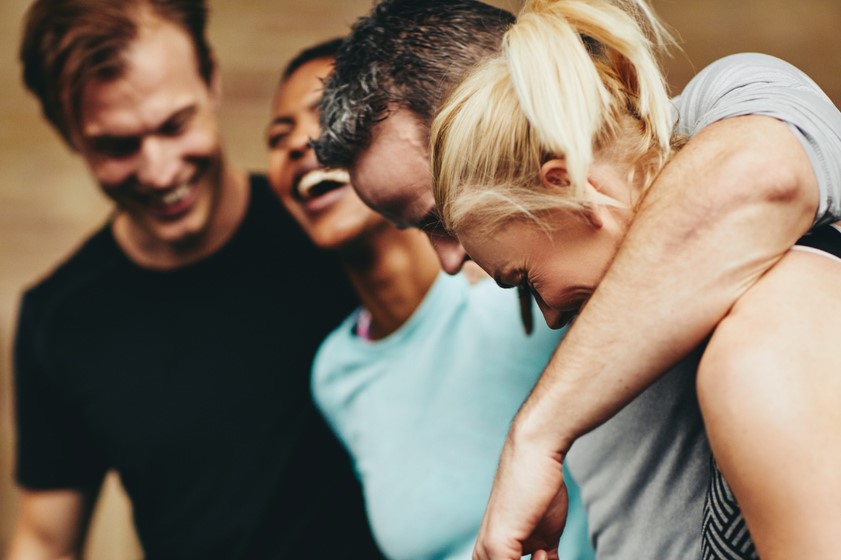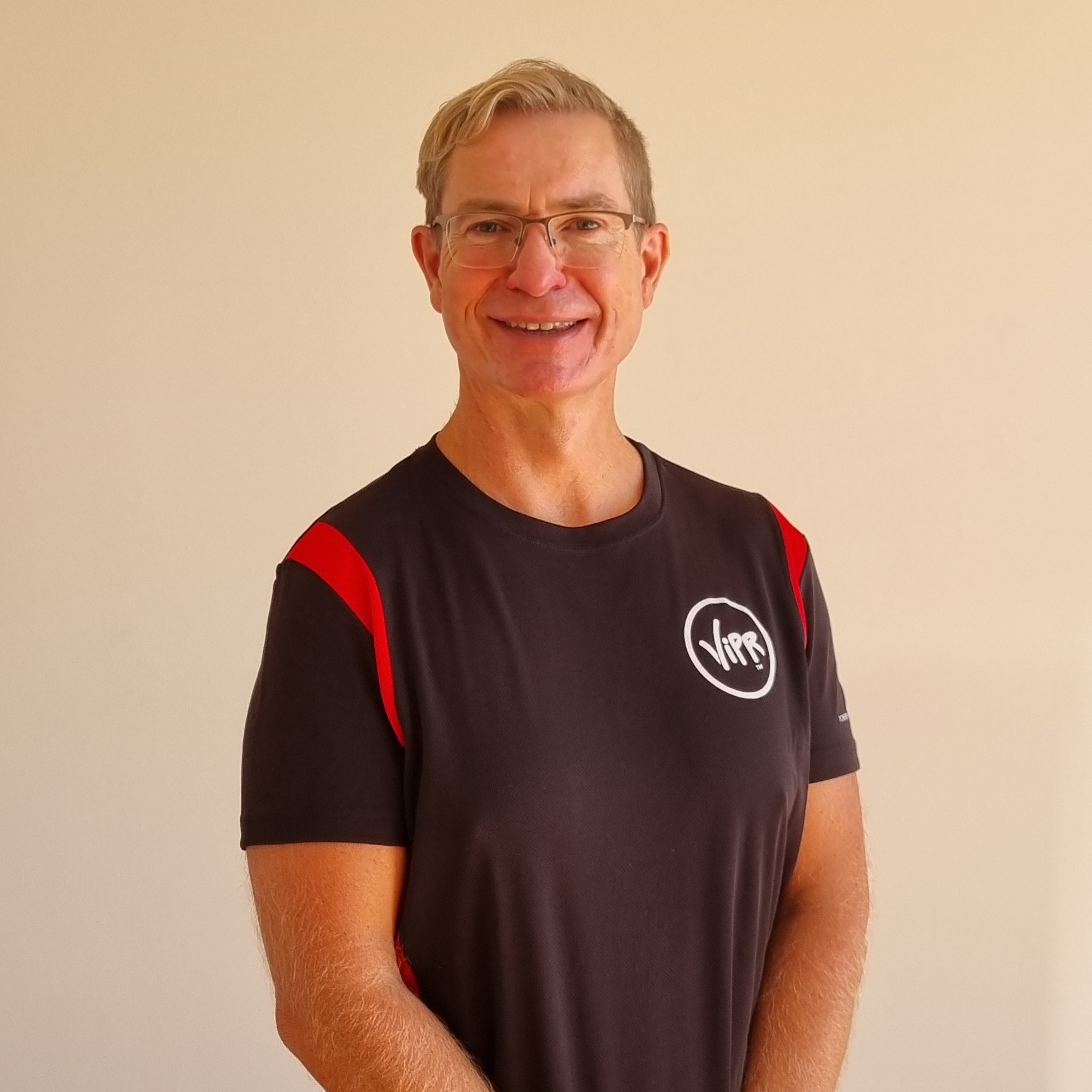John Polley describes how play is essential for human development and effective learning.
If you’re invited by a friend to come and do some work, you might pause before answering. Come over and play, however, is instantly more appealing. As a society obsessed with working hard – even the main words used for exercise are ‘work out’ – I think we’ve missed a trick.
Learning
I’ve been teaching for a decade on the benefits of play – physical, but also mental and emotional too – and it’s an extraordinary tool with amazing results. Here’s a crazy cool quote for you:
“It takes over 400 repetitions to create a synapse in the brain (true learning) without playful engagement OR about 12 repetitions to create a synapse when play is used to teach.” Dr Karyn Purves, Texas Christian University
After you’ve read that again, like me, you’ll conclude that it makes total sense. We’re mammals. All mammals play to practise what real life will become once they’ve grown – finding food, hunting, avoiding predation, problem solving, social cues, risk assessment, social connection, physical strength, reactivity, dexterity and all other skills of survival. This needs to happen fast, so rather than sitting in rooms and being very serious about memorising information, our mammal friends use play to wire their learning and upgrade their function in all systems in record time.
But …!
So, elephant in the room time; like me, you may also be thinking, “But we don’t do that stuff anymore!” Correct! We don’t live that life anymore and seemingly we don’t engage in physical play as much, which as a parent sets off alarm bells for the development of my kids. Anyway, I’m here to tell you that, not only is play essential for human development, it’s also unbelievably powerful at any age. The benefits don’t stop once you become an adult:
“The human animal is shaped by evolution to be the most flexible of all animals: as we play, we continue to change and adapt into old age.” Stuart Brown, PLAY 2009
The good stuff
I won’t keep you waiting. Here are just some of the many benefits of physical play for adults:
- Increases brain health, creativity and learning
- Improves myofascial tissue health through multi-directional movement
- Improves nervous system, both through chain reaction mechanics and system sensitivity
- Generates across-the-board improvements in strength, mobility, cardiovascular health, agility and balance
- Creates human connection in seconds
- Is fun – smiles, laughter, levity
- Is happy hormone city – dopamine, oxytocin, serotonin and endorphins
- Brings us into the present moment – or what psychologists call ‘the deep now’
- Get it right and it induces flow state, our high-performance state of being
So, what’s the problem?
Given this, why aren’t we all playing every day, several times a day? Well, I think I have an answer. It’s not perceived as quite as important or as credible as the ‘serious business’ of exercise. Seriously dude, that’s not our role – anyone can play any time, so why would they use a trainer for it? Indeed, why would they?
Some might also see play as socially uncomfortable or embarrassing. Workouts offer hard work, effort, sweat, grimacing and grunting. You can’t laugh AND get fit for goodness’ sake! Play can’t possibly create more benefits than the exercise industry, can it? Can it? CAN IT?
Question for you
Let me ask you this … Do you know any kids who have a lot of physical play in their life? You know – climbing, chasing, playfighting, digging, crawling, playparks, role play. How’s their physical function? How do they move? How’s their friendship group? How’s their stress? I’m guessing better than most adults.
So, how about we put our egos to one side and find ways to be playful? Tools like ViPR naturally lend themselves to playfulness, encouraging ‘free’ movement. What I mean by this is multi-directional, multi-dimensional, multi-modality options. Here are a few examples but there are so many more!
Video time
Dexterity game – Let’s see you flex with your whole body as you lightly play with all the ways you can grip ViPR. I just do a few, but it’s so engaging and fun!
Knock ‘em down – Get a big ViPR, stand it up somewhere and throw something (not too solid), in as many different ways as possible, to knock it over. Get a partner or coach to be in charge of picking up ViPR and you run and collect the projectile. We used a Sandbell here. Physically cathartic or what?!
Mirroring with a partner or group – Here’s where ViPR comes into its own; it can be moved in so many ways that you can move however you want and get someone to follow your actions. Here, we also use different weights to deliver a different force profile into one body compared to the other. It’s so good to have the mental presence of engaging in the same actions and, yes, a little bit of fun to challenge your partner in different ways outside of their usual movement patterns!
Loaded tennis – This is such an easy way to weight train your upper body and so engaging for both participants. Experiment with different balls and it gets better!
Finally
We really need to get playful and outside of our strangely serious cultural discomfort around having fun as adults. It’s why we go on holiday, so how about a daily holiday into the land of play?! If you need it, let me give you permission to move a minimum of once per week, purely for the fun of it, in any way that feels good, with any tool (or not). One rule – it has to be fun for YOU. See you next time!
We’d love to see what you get up to in the pursuit of play – please tag us in at ViPR and FitPro on Instagram – it’s highly likely we will repost your post ✔️








